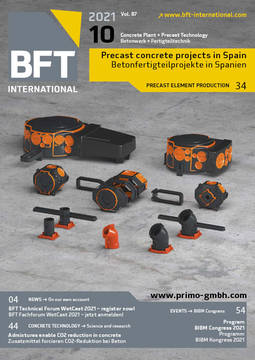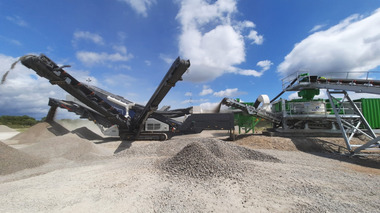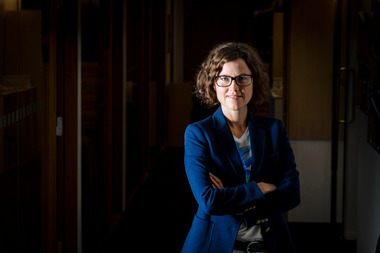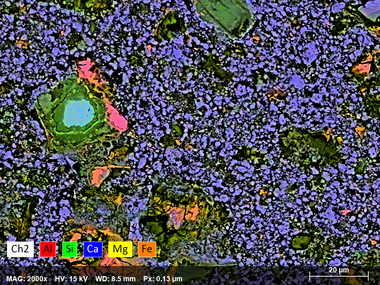Advanced techniques in prefabricated concrete
Policymaking by competition on sustainability parameters (John-Erik Reiersen & Löfsjögård)
Europe is transforming rapidly, from traditional to value-based competition. How does that affect the play ground? Are the competition parameters still fair, transparent and based on knowledge? How does it affect innovation, improvement and development when policymakers are left to believe that marketing and perception represents facts? Maybe we can find some answers in ourself, realizing that innovation without communication is less than it could be.
Utilisation of the inherent CO2-binding capacity of concrete – a contributor in the future construction
(Anne Rønning & Christian John Engelsen)
The carbon footprint for concrete is presented when the CO2-binding by carbonation is included. Examples of the CO2-uptake measured in-situ and how it can be implemented in EPDs, will be shown.
Nordic architecture – Norway: Object ‘Stormen, Bodø’
(David Howarth)
David Howarth will discuss the design of award winning project Stormen, a library and concert hall in Bodø, Norway. The presentation will focus on the load bearing precast concrete façade construction and further technical development which influenced the design of a precast modular residential tower in Antwerp, Belgium.
Global efforts towards carbon neutral concrete by 2050 (Claude Loréa)
In 2020, the global cement and concrete industry represented by the GCCA committed to producing net zero concrete by 2050, in line with global climate targets.
To show how their sector will achieve this, they will soon be releasing their roadmap to net zero concrete, mapping out the milestones and levers required across the construction value chain to achieve this important goal.
Post Installation of prefab-balcony systems
(Jeroen Troost)
Building on postage stamp has become very common. This requires builders to adhere to a tight schedule to ensure the construction project runs smoothly. In order to support building contractors in this process, Schöck has developed various systems for retrofit installation of balconies.
With these systems balconies can, in many cases, be anchored from the crane in minutes and lengthy propping is a thing of the past. Thanks to the various retrofit systems, contractors can build more flexibly, efficiently, and quickly. All with the same reliable connection technology Schöck is known for.
CCU/CCS as a business opportunity
(Koen Coppenholle)
In its 2050 Carbon Neutrality Roadmap, the cement industry identifies carbon capture and use / storage as a core technology for achieving its CO2 emission reduction targets, in line with the EU’s Green Deal and “Fit for 55” package. Several pilot and demonstration projects are under way but larger commercialization is foreseen for the 2030-2050 timeframe. A successful roll-out will require a facilitating regulatory framework which includes, apart from public funding, a close attention to infrastructure needs (pipelines and storage sites) as well as a focus on proper accounting rules for CO2 use.
Customization and afterlife of concrete elements
(Kathrin Susanna Gimmel)
Kathrin Susanna Gimmel will present JAJAs work on prefab concrete elements. The project “Konditaget Lüders” is a design of an urban playground on top of a parking house.
The studio customized generic concrete elements for parking facilities into a green façade, with vibrant public space. “From Element to Material Resource” is an exploration of the reuse of concrete elements of 70’s prefab buildings.
It is an investigation into how these elements, which are doomed to be demolished by the government, can be salvaged and reused in-situ for the next generation of buildings on site.
CO2 neutral construction with concrete
(Prof. Karen Scrivener)
The amount of concrete used every year is more than all other materials put together So, in spite of the fact that the intrinsic embodied CO2 of concrete is lower than almost all alternatives, cumulatively it accounts for around 8% of world CO2. Nevertheless, there is still considerable potential to further reduce the embodied CO2. Savings are achievable at several levels: cement, concrete and construction. Here Prof. Karen Scrivener will present some of these options and their potential for CO2 reduction.














